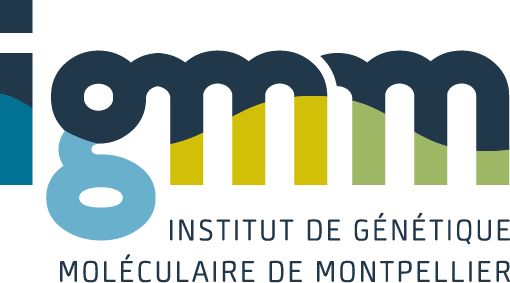The transcriptional repressor E2F6 has been identified as a component of two distinct polycomb group protein (PcG)-containing complexes, suggesting a mechanism for the recruitment of repressive complexes to target sequences in DNA. Whereas one complex is involved in the repression of classic E2F target genes in G(0), a role for E2F6 within the cell cycle has yet to be defined. We searched for novel E2F6-binding proteins using a yeast two-hybrid screen and identified the PcG protein, EPC1. We showed that, both in vitro and in vivo, E2F6, DP1, and EPC1 form a stable core complex with repressive activity. Furthermore, we identified the proliferation-specific PcG, EZH2, as an EPC1-interacting protein. Using affinity purification, we showed that E2F6, DP1, EPC1, EZH2, and Sin3B co-elute, suggesting the identification of a novel E2F6 complex that exists in vivo in both normal and transformed human cell lines. EZH2 is required for cellular proliferation and consistent with this, EZH2 elutes with the E2F6-EPC1 complex only in proliferating cells. Thus we have identified a novel E2F6-PcG complex (E2F6-EPC1) that interacts with EZH2 and may regulate genes required for cell cycle progression.
A novel repressive E2F6 complex containing the polycomb group protein, EPC1, that interacts with EZH2 in a proliferation-specific manner
Attwooll, C.; Oddi, S.; Cartwright, P.; Prosperini, E.; Agger, K.; Steensgaard, P.; Wagener, C.; Sardet, C.; Moroni, M. C.; Helin, K.
2005
Journal of Biological Chemistry
2005-01-14 / vol 280 / pages 1199-1208
Abstract
0021-9258
Tags
yeast; binding-protein; enhancer; drosophila; axial skeleton; chromatin modifiers; group gene; targeted deletion; transcriptional repressor; trithorax-group
